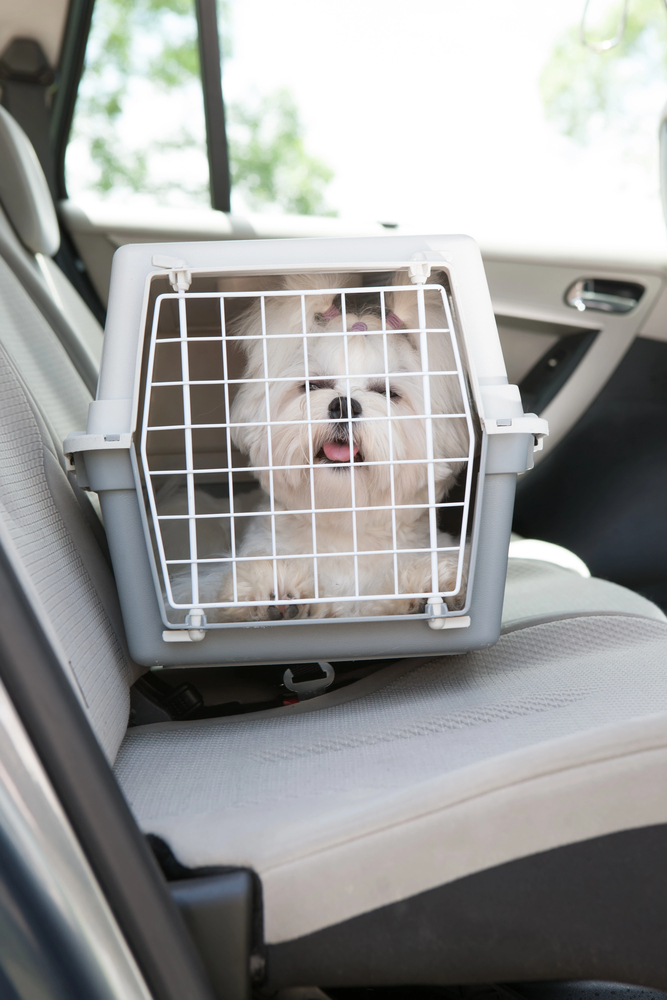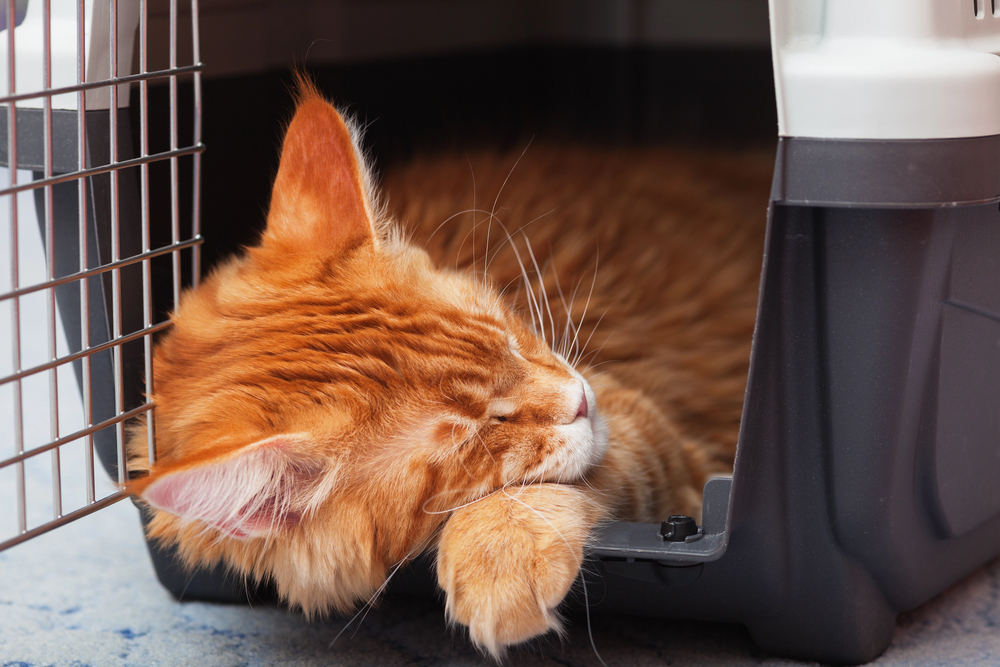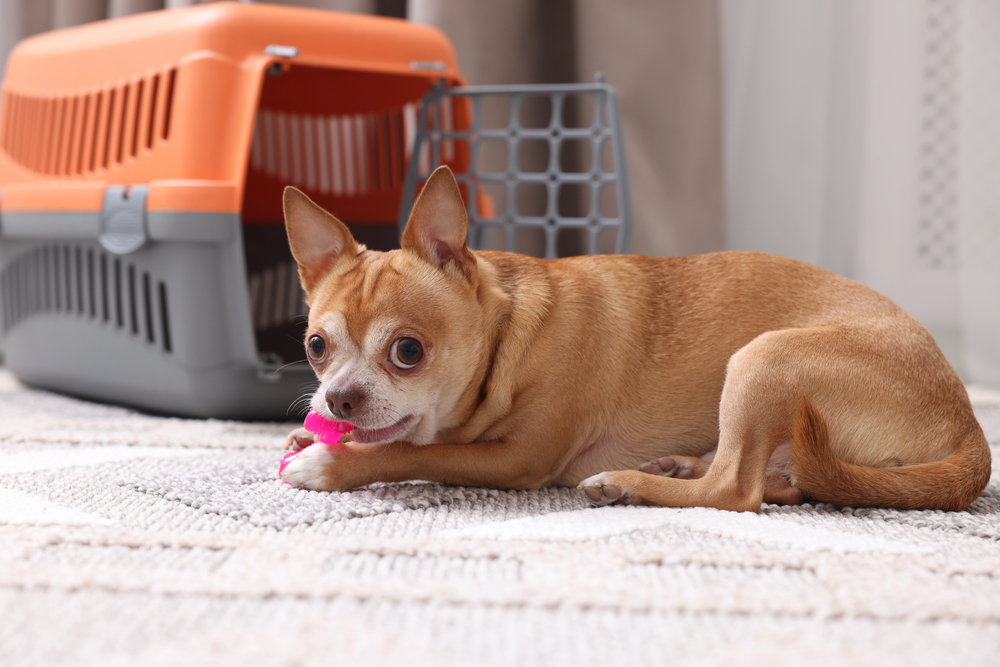
Crate training isn’t about confinement—it’s about comfort, routine, and building trust. Learn when and how to use a crate to help your dog feel secure and confident.
Read Time: 4 minutes
Crate training is one of the most debated topics in pet care—and one of the most misunderstood. To some, it may seem restrictive or unnatural. But when done correctly, crate training can be a positive, practical tool that benefits both pets and their people. It can support house-training, reduce anxiety, and provide your pet with a secure space of their own.
At Windermere Veterinary Services, we believe crate training should be rooted in kindness and patience. Here’s what you should know before deciding if it’s right for your household.
Understanding the Purpose of a Crate
A crate isn’t meant to be a punishment. In fact, it can serve as a den-like environment where your dog feels safe and secure. Many puppies naturally seek small, enclosed spaces when they want to rest. A properly introduced crate becomes a familiar retreat—a place to nap, chew a toy, or escape household chaos.
Used for short periods and paired with positive reinforcement, a crate helps teach boundaries and supports predictable routines. It also minimizes indoor accidents by teaching dogs to hold their bladder until it’s time to go outside.

Why Timing and Comfort Matter
It’s important to make the crate a positive place. Introduce it gradually, never forcing your pet inside. Use treats, soft bedding, and praise to create a welcoming association. Start with short intervals and build up as your pet gains confidence and comfort with the space.
Is Crate Training Just for Puppies?
While crates are often associated with puppies, they can also benefit adult dogs—especially rescues adjusting to a new home. A crate provides a structured environment that’s helpful during transitions, after surgery, or while managing separation anxiety.
For kittens, crates aren’t typically necessary in the same way, but a cozy carrier or quiet crate setup can help with safe travel, recovery, or introducing them to a new space slowly and calmly.

Is Crate Training Right for Your Pet?
Still unsure if crate training is a fit for your home? Contact Windermere Veterinary Services. We’ll help you evaluate your pet’s temperament and needs so you can make an informed decision that’s best for both of you.
Common Mistakes To Avoid
One of the biggest mistakes is using the crate for discipline. Yelling or sending your dog to the crate as a punishment breaks the trust you’re trying to build. The goal is to make the crate a place your dog chooses to go, not one they associate with stress or fear.
Another pitfall is keeping your pet crated too long. Puppies can typically stay in a crate for about one hour per month of age. Adult dogs shouldn’t spend more than 4–6 hours crated during the day unless they’re sleeping overnight.
Helping Your Pet Learn and Thrive
Successful crate training takes time and consistency, but the results are worth it. A well-adjusted pet who sees the crate as a comfort zone is more likely to feel confident when left alone, sleep better, and adapt more easily to new situations like vet visits or travel.
Done correctly, crate training isn’t confinement—it’s a pathway to trust, independence, and safety.

We’re Here To Help You Get It Right
Crate training can be an excellent part of your pet’s routine—but only if it’s tailored to their personality and comfort. At Windermere Veterinary Services, we’re here to help you get started on the right foot.
Want help choosing the right crate, establishing a routine, or addressing crate anxiety? Call us today at (407) 217-7635 or book a consultation online. We’ll walk you through every step.
Peace of Mind Starts With a Plan
The key to crate training is understanding your pet’s needs and working at their pace. When approached thoughtfully, crate training isn’t just effective—it’s empowering.
Let Windermere Veterinary Services be your partner in creating safe, supportive routines that help your pet thrive at home and beyond.

